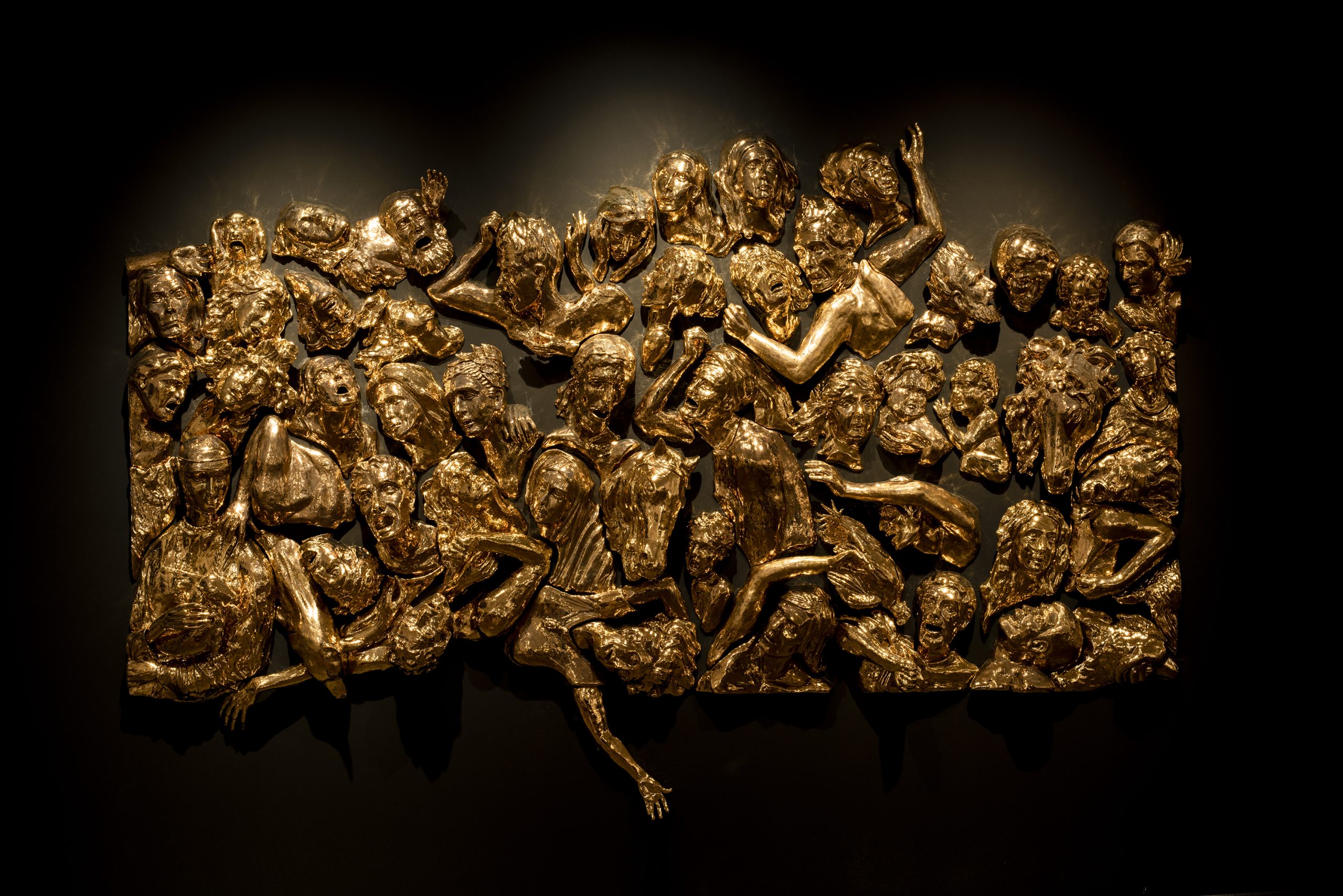The recovery and transformation of stories and narratives, crafts and memory are some of the vectors that shape the artistic practice of Gabriel Baggio. In an increasingly globalized, technologized and specialized world, his performances are a signaling of symbols and cultural references that involve social, emotional, identitary and historical processes. In his actions, Baggio summons makers and artisans to perform a joint task that values manual workmanship and places the body in a central place, involving the public in the learning processes implied in each new dialogue. Baggio says: “I trust in experience as a liberating perspective of contemporary apathy.” And he adds: “It is possible to connect with another, enabled by a practice, so the work may be the excuse to establish a direct relationship with someone so and that from there things arise…. Historical traces, personalities or traits of another society to produce a sort of symbolic and vital resistance against the cultural homogenization of Capitalism.” Throughout his career and in the development of both his object-based work and performance projects, Baggio has refected on the fgure of the artist in terms of the importance of the link with past generations and allowing human relationships to come to the forefront. To reason about history is, inseparably for him, to think about power structures. Those who have already “lived” discover the memorable in the face of the threat of oblivion, so that time does not annul the efforts of men and women.


 Baggio Gabriel
Baggio Gabriel